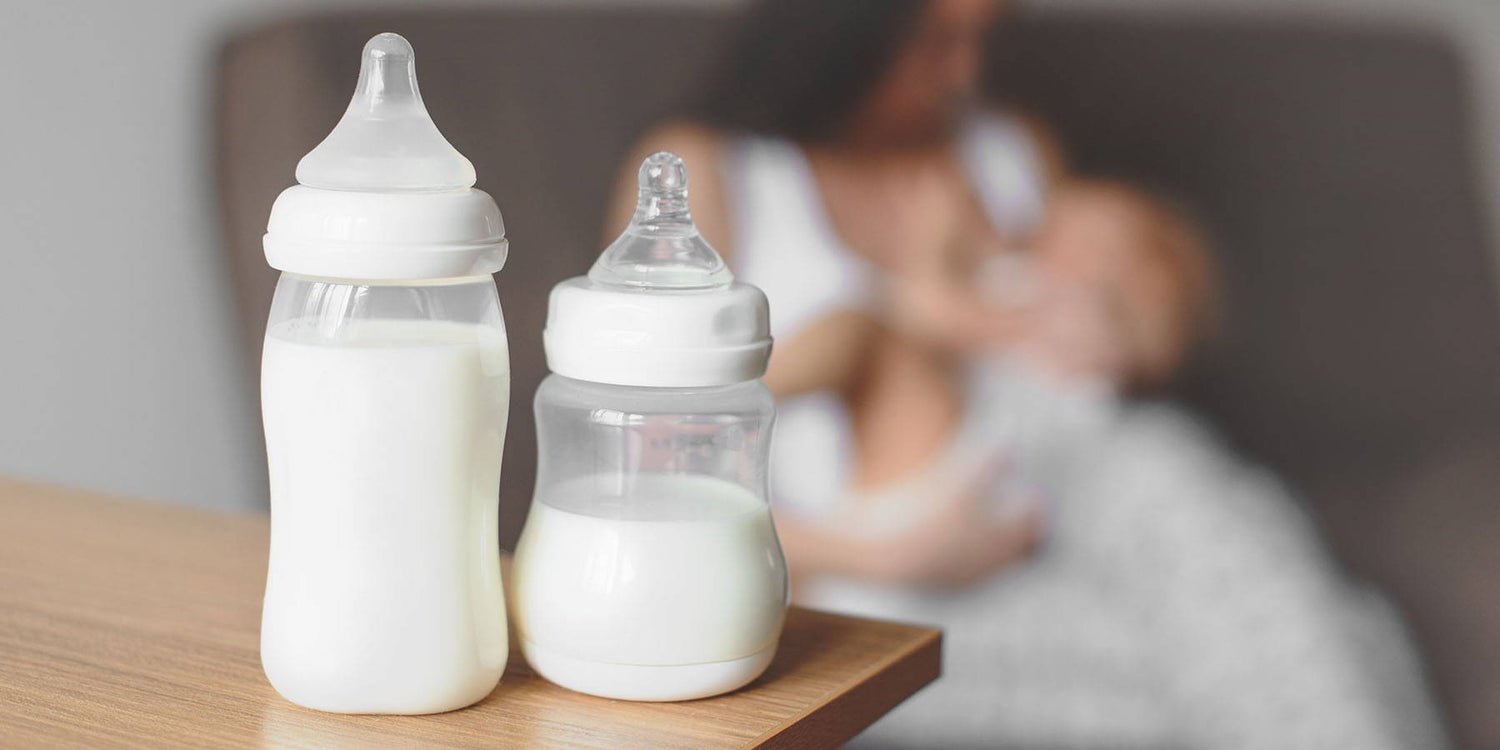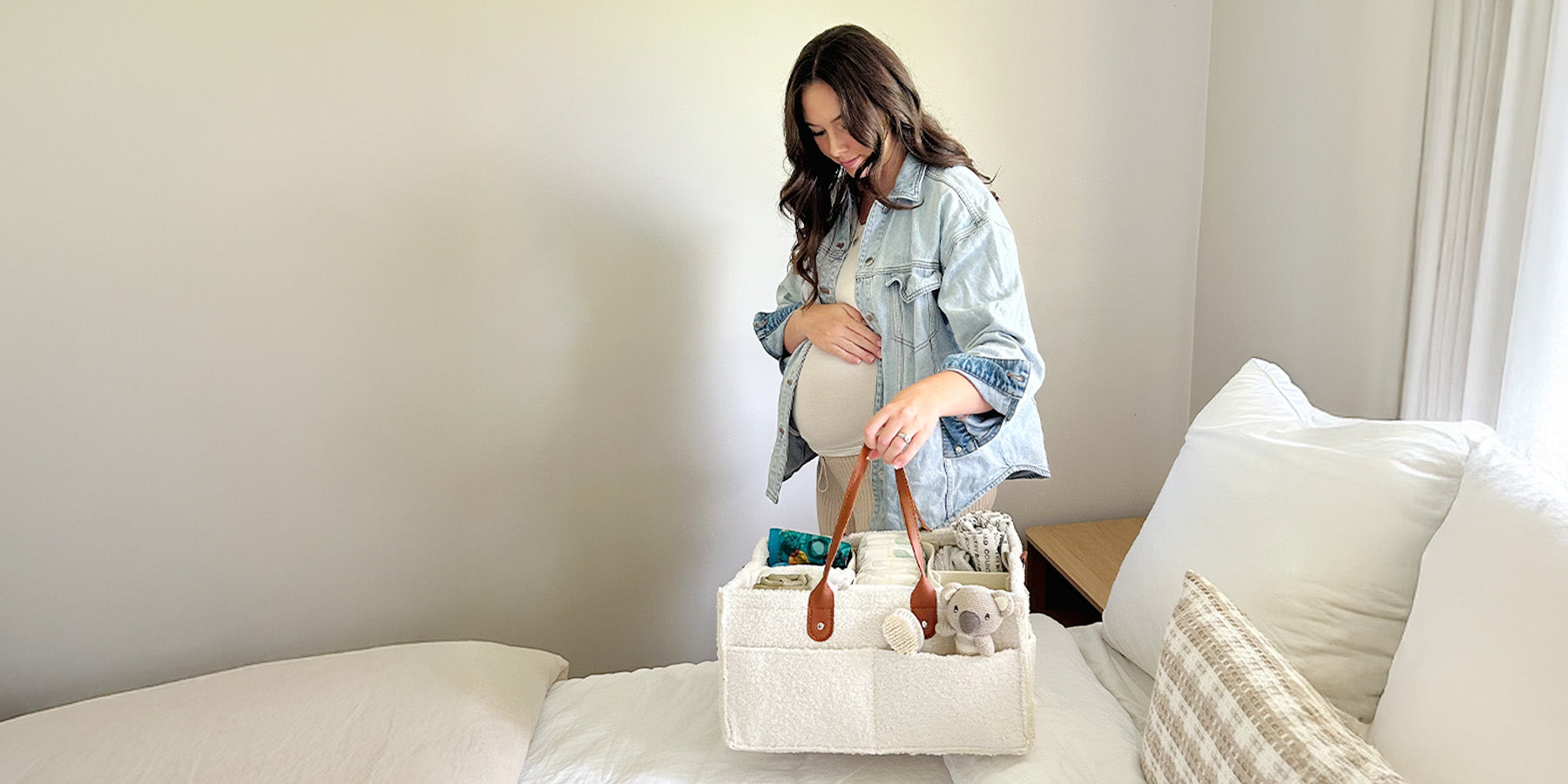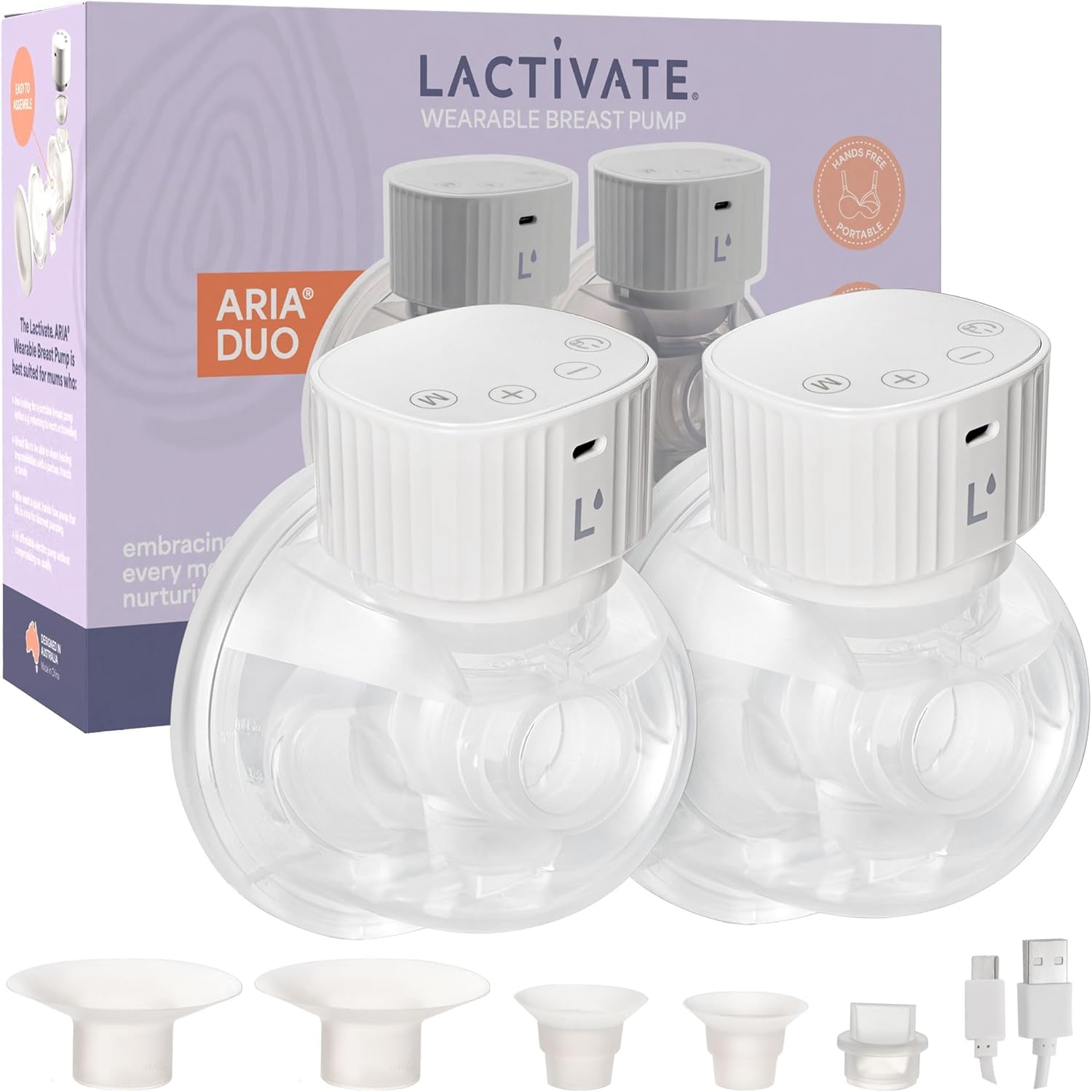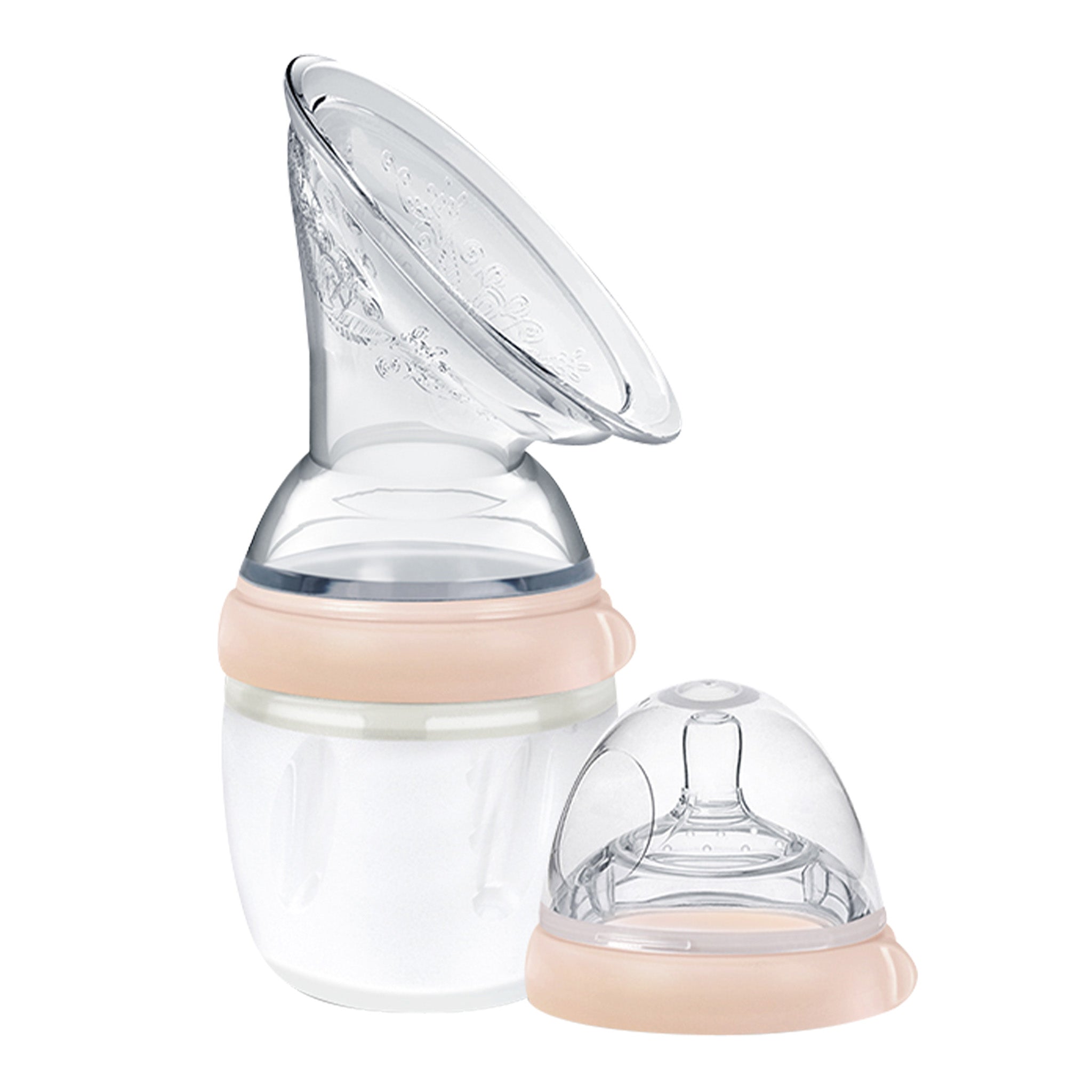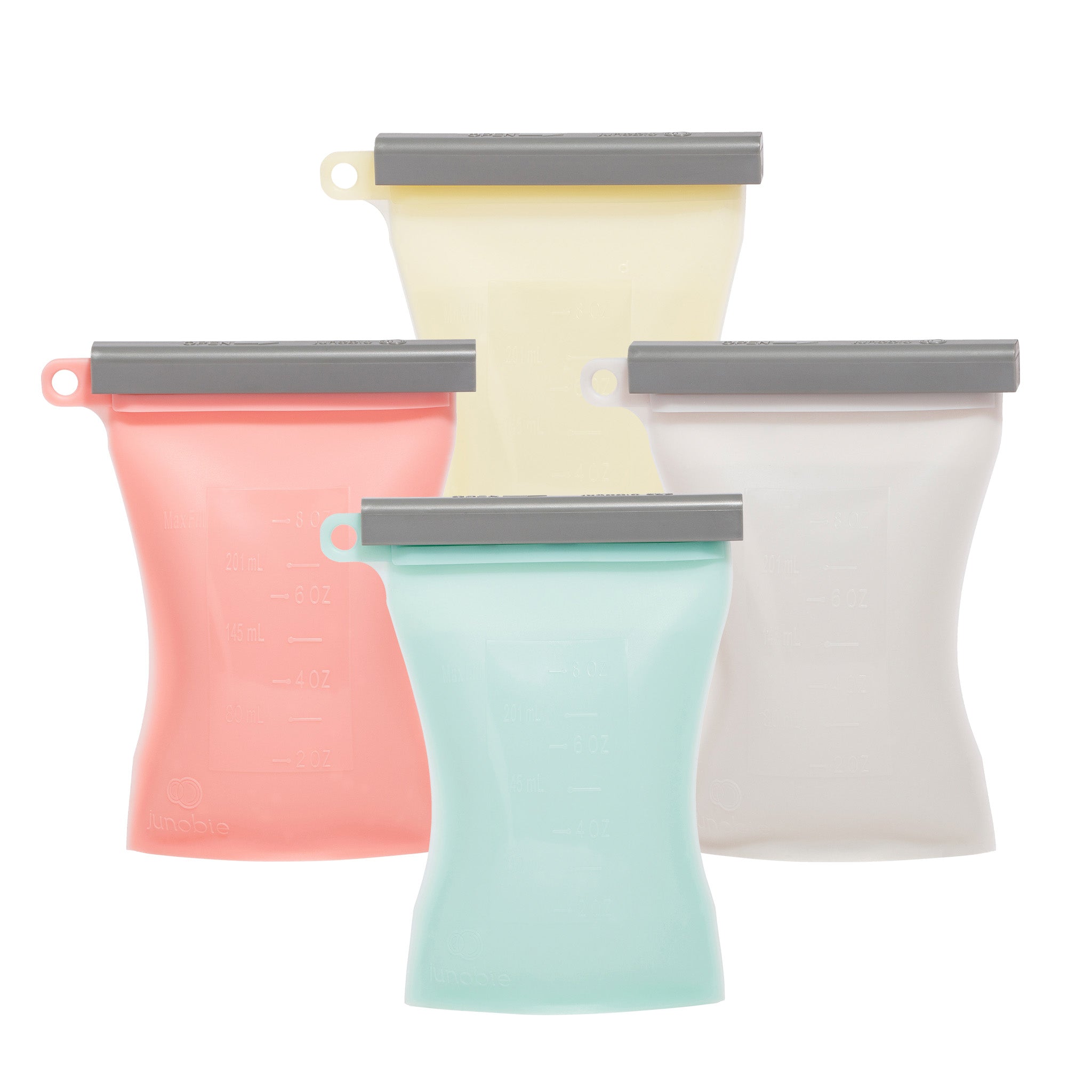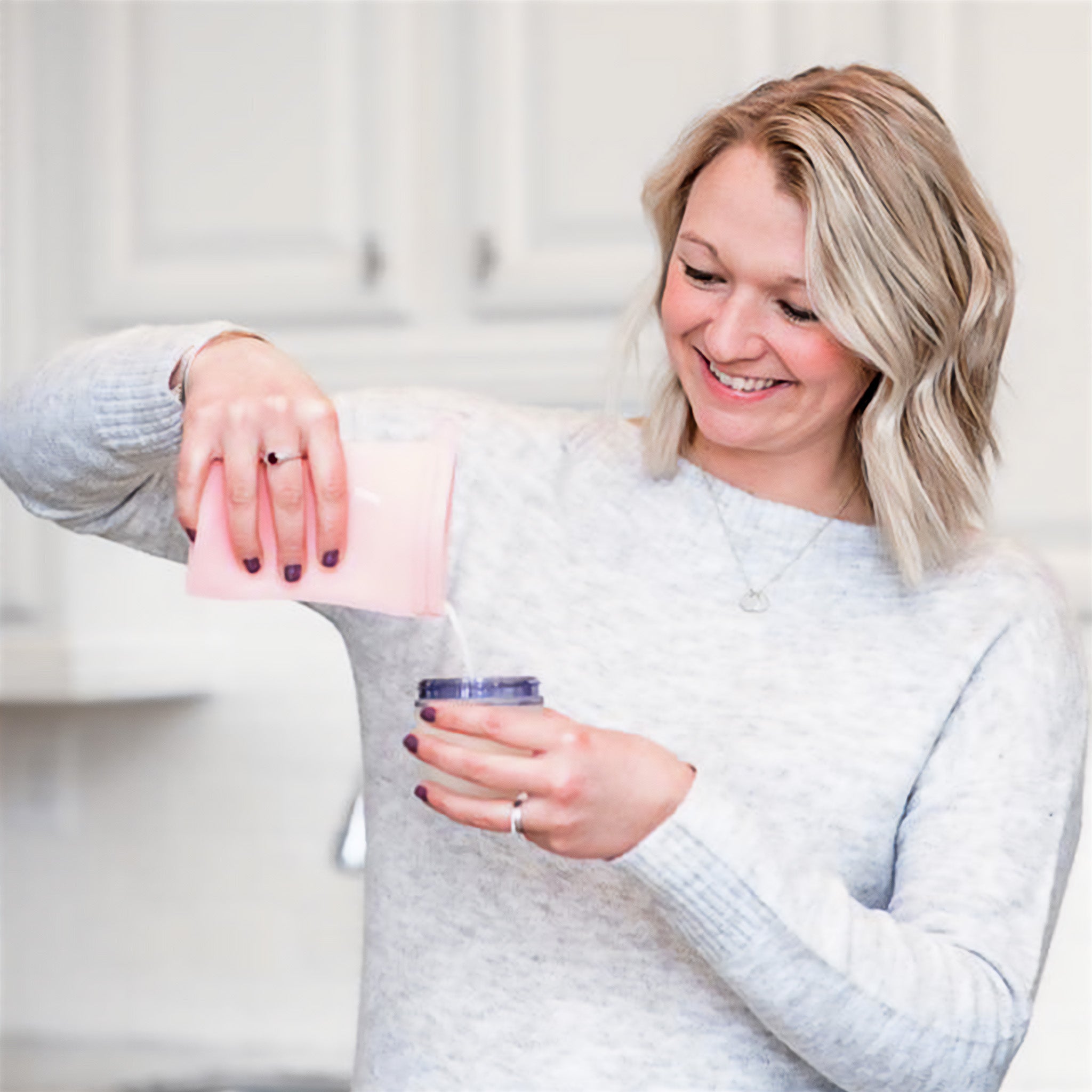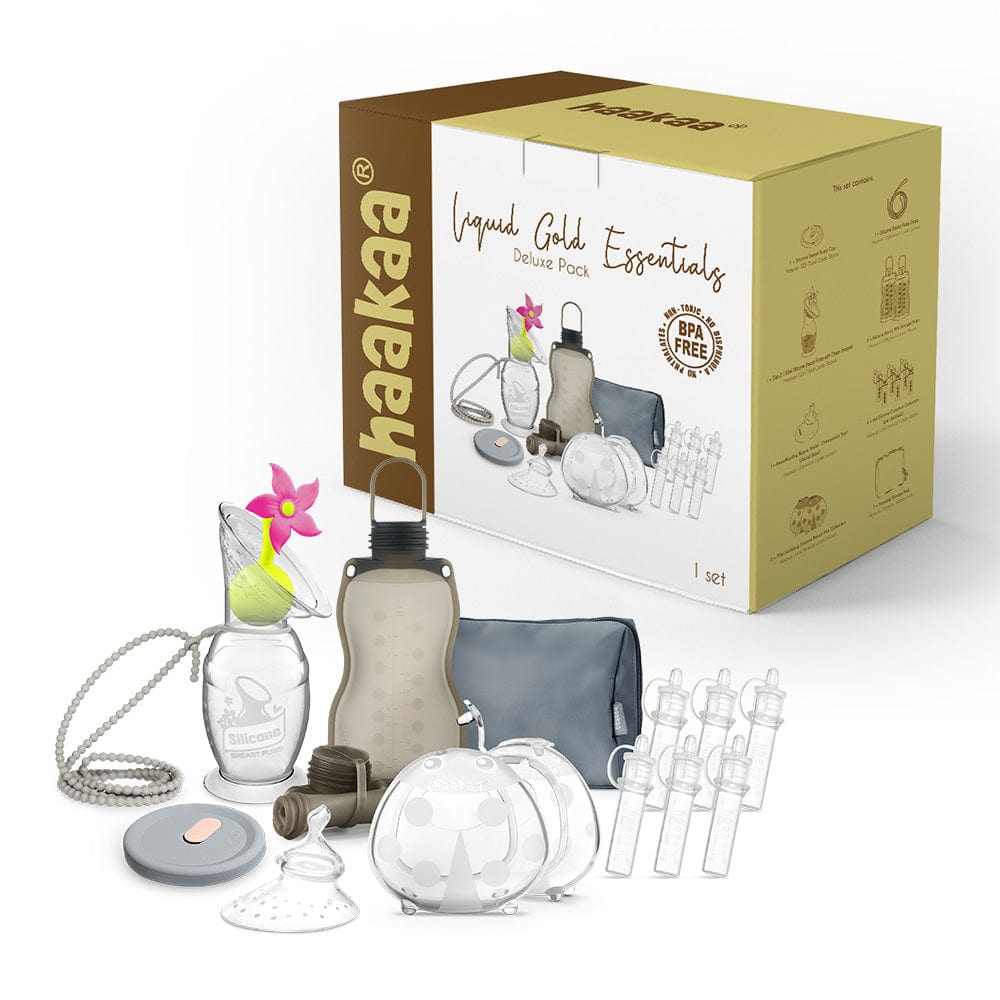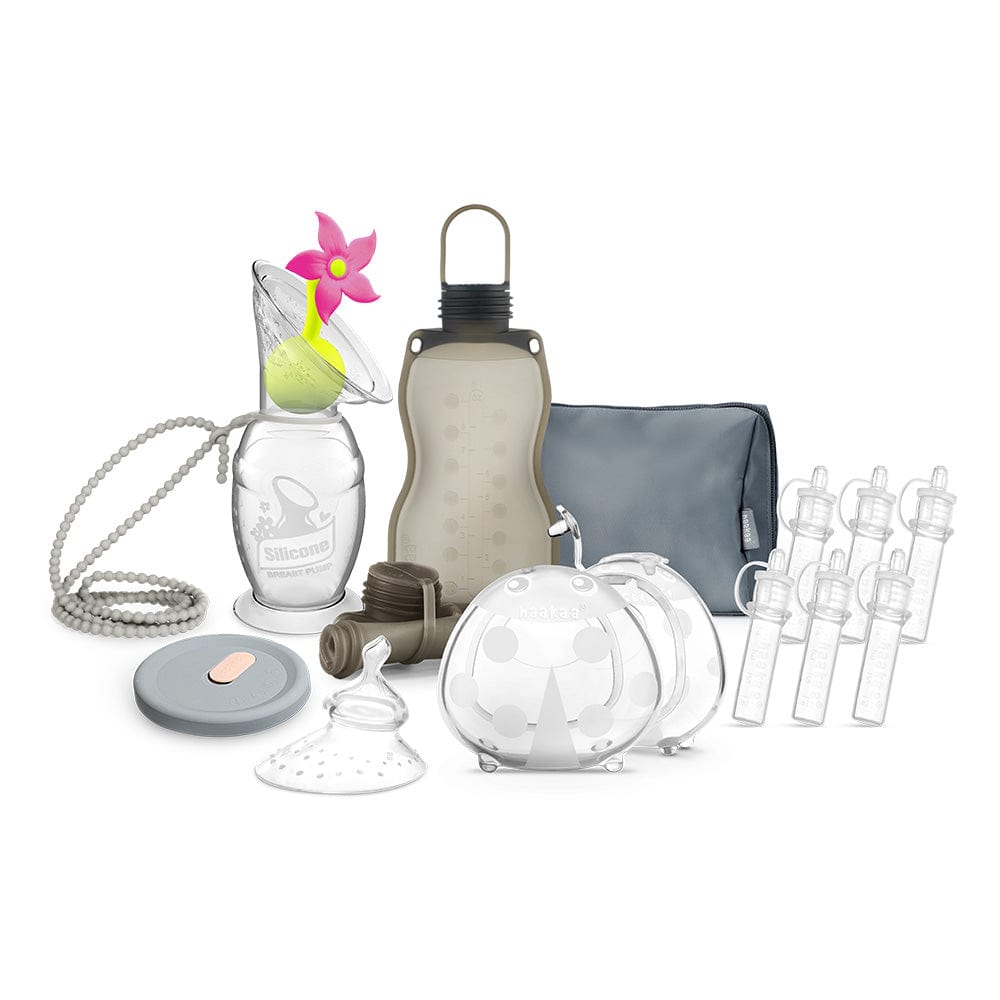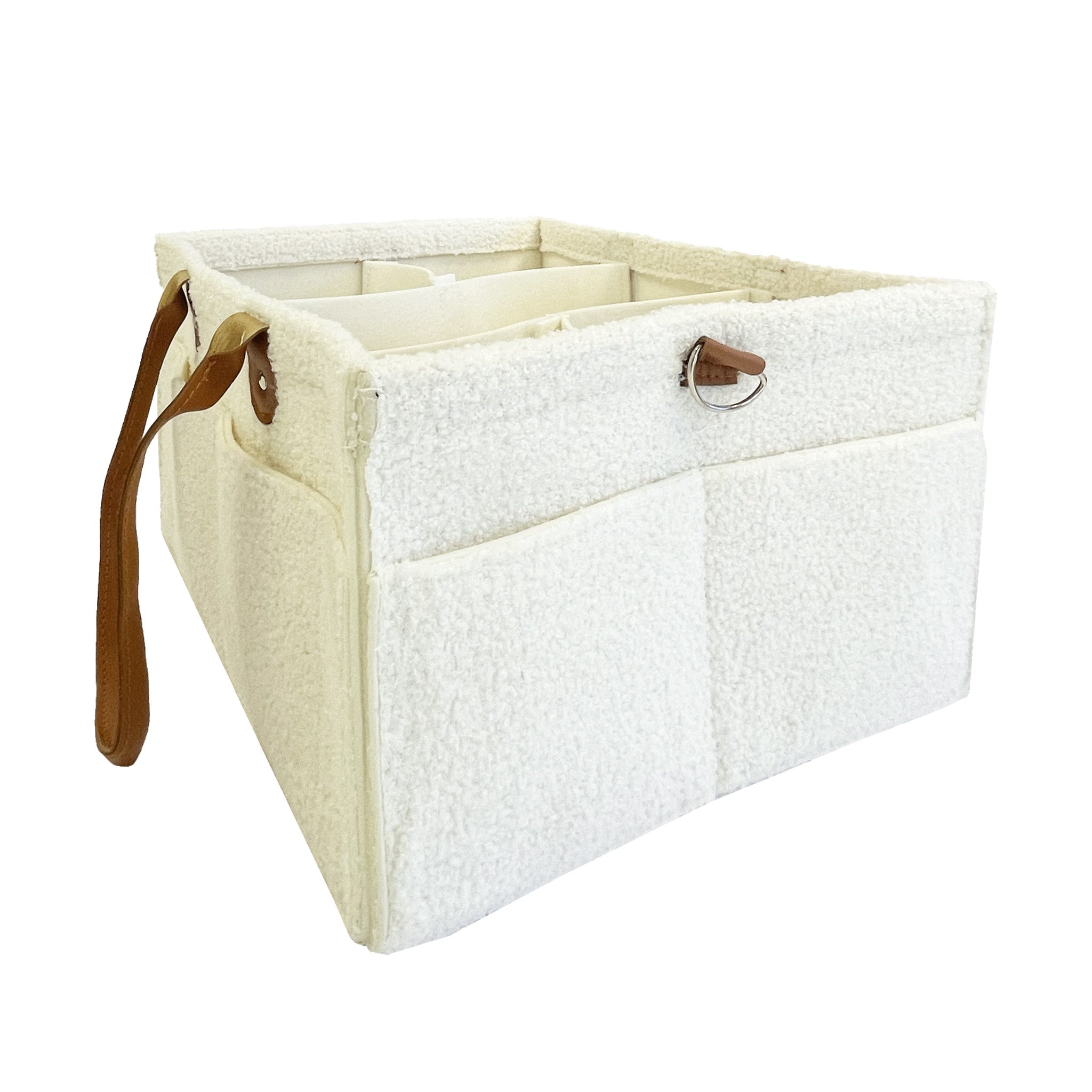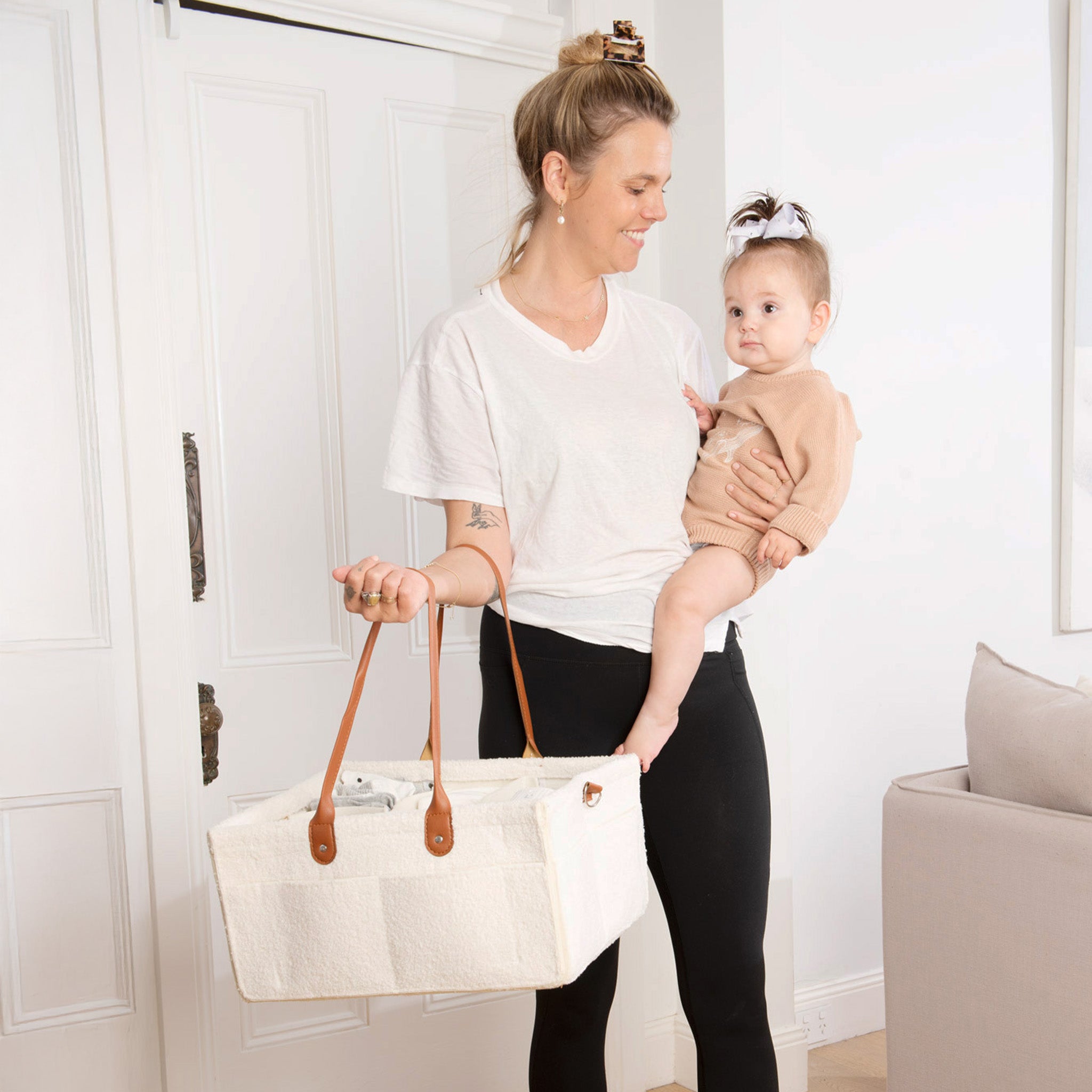So you’ve jumped on-board the pump train but finding it difficult to fill a bottle (or, ahem, even half a bottle)? Don’t fear mama, we’ve been there and have some tips, tricks and advice to help make things ‘flow’ a little easier.
Pumping output ≠ actual milk supply
Before we dive in, it’s important to note from the get go that what you’re able to pump is NOT an indication of your milk supply. Many women will panic when they struggle to collect even 20ml and wonder what it means about their milk supply. A baby is a kazillion times more effective at draining a breast than even the best breast pump. Some women who exclusively breastfeed for many months will struggle to pump any milk at all. The two things just aren’t relative. Pumping is a skill and one that can be learnt and improved on BUT your ability to do so isn’t linked to your supply so please don’t panic if the process starts out very slowly.
How much should I ACTUALLY expect to pump?
Unless you’re exclusively pumping (meaning you do not feed directly from the breast at all), your pumping sessions are usually going to be after or between feeds. This generally means your breasts aren’t going to full to bursting as bub has had their fill and you’re kind of getting the ‘leftovers’. It’s important to note here that pumping after or between a feed will not empty your breasts of milk entirely. Some mums may worry that pumping will mean that there won’t be any milk left if bub decides they want to feed again. Breastfeeding works on supply and demand and there will ALWAYS be milk there for bub once they latch on and begin suckling. It may not flow quite as quickly but they absolutely will not miss out.
Bearing all that in mind, how much should you realistically expect to pump in a session? Experts tend to agree that 15-60ml per pumping session is fairly standard BUT it truly varies based on the individual, as well as when you’re pumping, how long you’re pumping for and how old your baby is.
What factors can impact how much I pump?
Like we mentioned above, the amount you can pump will vary based on a number of different factors including when you’re pumping, how long you’re pumping for and how old your bubba is. This is because milk supply varies throughout the day and throughout your little one's life. Typically you will find your supply highest in the morning. Research has found that prolactin (the hormone that helps us produce milk) are highest between 2am - 6am. If you’re pumping first thing then you’re more likely to notice a higher output. Ditto if you’re pumping during the first weeks of bubs life. Your milk supply takes time to settle and in the early weeks you are likely to have a bit of an oversupply as your body (and boobs) match up with your baby’s nutritional needs. As your supply establishes and settles, you may find your pump slightly less milk, especially if you’re not pumping very regularly. The length of time you pump for will also impact output. Some women may be able to pump for longer periods and have consecutive letdowns whereas others may have shorter periods of time. As you begin to work out your own routine, you’ll notice your own individual patterns and be able to work with them,
How can I pump more milk?
The big question! Being able to pump more milk can take time, patience and effort. It will likely not happen automatically! If you want/need to pump a certain amount of milk to store or use for bub, it’s a good idea to pull together a bit of a pumping plan of action. This should include:
- How many times a day you can realistically pump
- The time of day you’ll be doing so (remembering that mornings are generally going to produce better results)
- Strategies to help you relax and hopefully get into the flow
Having a plan in place helps you to retain some form of control over the process and can also help your body adjust to pumping. Many mums find using their pump straight after a feed works well. It’s important to remember that pumping requires the same level of energy and hydration as breastfeeding so when you’re planning to pump, ensure that you’re adequately hydrated and potentially have some snacks on hand. You will also generally find output better if you are comfortable, warm and relaxed. Being cold, stressed and uncomfortable will make a letdown and subsequent milk flow very difficult. If you find it difficult to find time (and an extra hand) a hands-free pump can be a great solution as it allows you to move around without restriction. You can also cuddle your bub which helps boost oxytocin and thus encourages your letdown reflex.
Power pumping to boost supply
One way to get your supply back on track, give it a boost and pump a bunch of milk is to try power pumping. Breast milk production works on supply and demand meaning the more you stimulate and empty your breasts, the more milk you'll make. Power pumping helps you to do this. Power pumping mimics a baby that is cluster feeding and going through a growth spurt i.e. feeding A LOT in a short space of time. By using your breast pump to mimic this pattern, you'll repeatedly empty your breasts, encouraging your body to produce more milk. You can find out how to power pump here.
Get the equipment right
The wrong sized pump or a pump with worn out valves etc is going to make effective pumping much more difficult. Ensure that you are using the correct flange size for your breast and get to know the settings on your pump. Some may work much more effectively for your body than others. Play around with the functionality till you find what works best. And always, always make sure you are comfortable and not feeling any pain. Pumping should NEVER be painful. Yes, the tugging sensation may feel a little odd at first but pain generally means something else is going on which needs to be assessed and fixed. Speaking with an experienced lactation consultant can help troubleshoot any issues.
Prioritise self-care
As we mentioned above, pumping puts the same level of stress on your body and if you’re adding pumping sessions alongside your regular breastfeeds then you will likely need to make sure you’re eating and drinking enough. Introducing galactagoguesto your diet can be a handy way to ensure you’re eating enough while also giving your supply a boost. Galactagogues are herbs, foods or medications that promote the production of breast milk in lactating women by stimulating the hormone prolactin, which is responsible for milk production. Adding these to your diet, especially around the time you are pumping can sometimes help build your supply and increase output.
Everything was going well then my supply dipped
Hooray, you’ve established a pumping routine, output is good and you’re on top of the world. Then, all of a sudden, things grind to a halt. Don’t panic! This can often happen and it’s generally a short lived phase! Sometimes your supply will take a small dip. This could be because it is regulating as your bub gets a bit older, you’re unwell or rundown, baby is going through a growth spurt and feeding A LOT or could even be due to your period returning. The best thing to do? Keep doing what you’re doing. Follow the steps above. Prioritise rest, hydration and eating enough. Stick to your pumping schedule and, if you can, perhaps add a day or two of power pumping. Your supply will return to normal, we promise!
Featured Product
A practical and affordable wearable pump that actually works! Embrace every moment, Nurture every drop® with Lactivate® ARIA® Wearable Breast Pump. The ARIA® is an electric breast pump designed to fit inside your nursing bra to give you a hands free pumping experience- no more cords or tubes!
For more breastfeeding resources and blogs, check out our resource section

